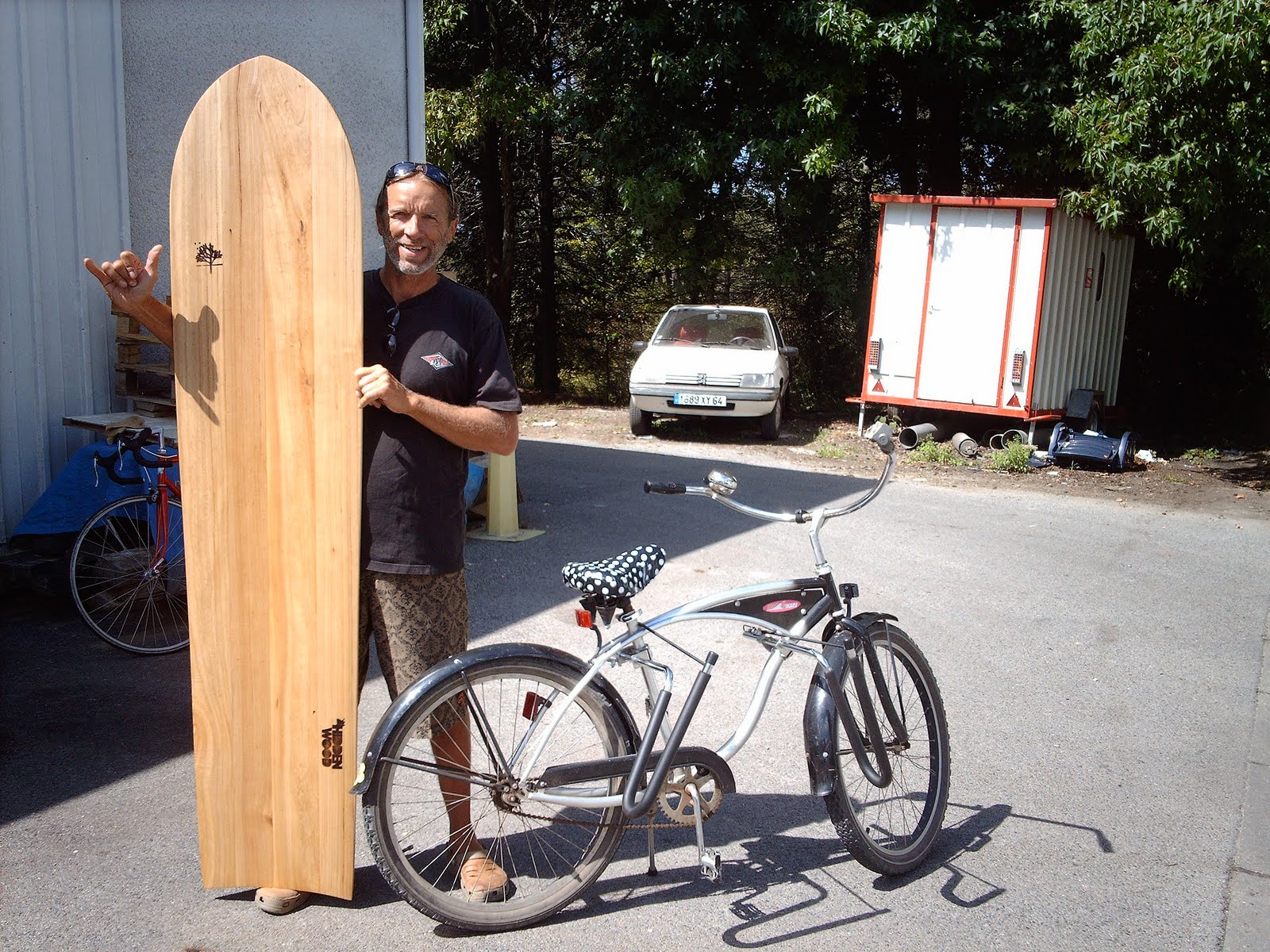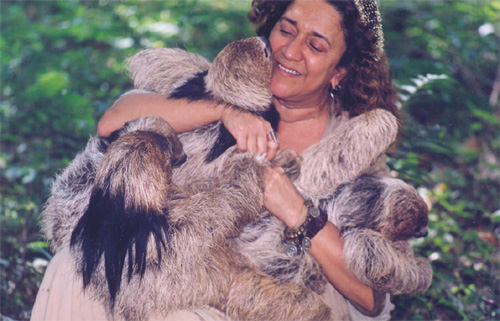Text : Tosca Waeber / Image : Hidden Wood
The alaia’s roots span back a thousand years. Lala is the Hawaiian word describing the action of riding an alaia surfboard. Lala is a word found in the Hawaiian dictionary meaning ‘the controlled slide in the curl when surfing on a board.’
“In Hawaii the board was called alaia. In Japan it was called Itaka. There is evidence of early surfers riding this style from all around the world but in the early 1900s this style vanished.”
Materials
“Ancient Hawaiians made their boards out of local woods–‘ulu, koa and wiliwili.”Modern Alaia boards are made of many types of wood, including Redwood, Cedar, Pine and Balsa. Typically, commercially sold alaia boards are made of paulownia.
Paulownia is optimal for crafting surfboards in that it has a good weight to strength ratio, being lighter than other hardwoods and more durable than balsa. It also absorbs less salt water than many other types of wood and therefore does not require a hard resin or glass finish. Paulownia alaia boards are most often finished with a seed oil to further prevent water absorption and to prevent damage from the drying of salt and sun associated with surfing.
Environmental impact
Many environmentalists are enthusiastic about the use of paulownia alaia boards because of their minimal impact on the environment, while fiberglass and epoxysurfboards are known for their many pollutants and long decomposition time.
“Paulownia is plantation grown… The trees grow like weeds, about 25 feet in three years and they are never from an old growth forest. Just sustainable tree farms…the leaves and flowers, is either fed to cattle or the dust and shavings are mulched… Paulownia dust (and shavings) is very good in the garden and breaks down quickly. Worms love it.”
Shapers also appreciate that paulownia wood is non-toxic to humans, whereas resins, fiberglass and foam are harmful to the lungs and suspected of increasing the likelihood of cancer. Even “balsa wood dust hurts your lungs.”After construction, paulownia boards can be reshaped and repaired without use of more toxic materials. When cared for properly the boards can last a lifetime requiring less manufacturing, and when their usefulness has run out, simply discontinuing oil treatment to the board will allow it to decompose quickly without releasing harmful toxins found in foam and resin into the air and soil.
This a future surfboard! Hard to ride. But worth a try!
Get one from example from the guys from Hidden Wood.
They don`t have a webpage yet. But soon 🙂
An ultimate feeling to just touch and stroke it.
Wood is the ultimate material, spreads warmness and lasts a lifetime long!




